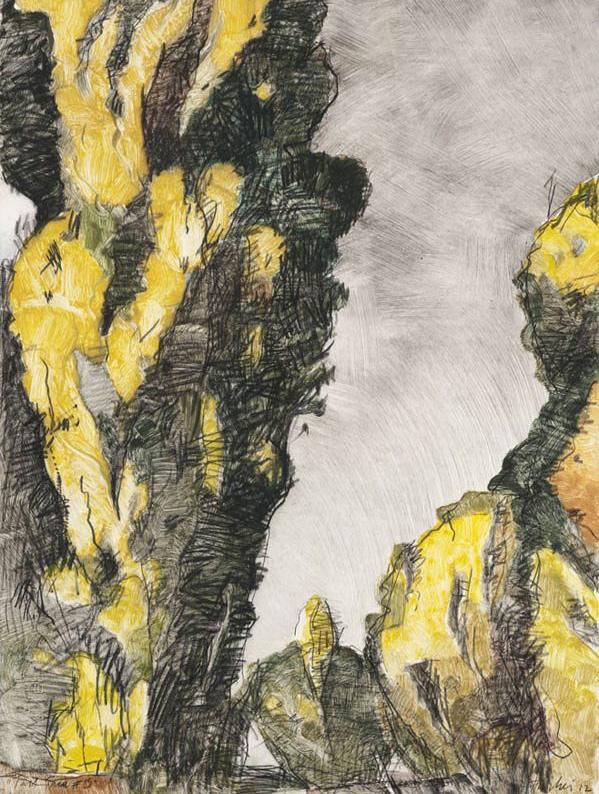




OCTOBER 25 - DECEMBER 1. 2024
This exhibition pays tribute to the life and artistic legacy of John Fincher (1941-2024), whose recent passing in August of this year leaves a void in the Santa Fe art world and beyond. Fincher was not only a masterful painter, maker of monotypes and drawings of diverse and invariably interesting subjects – piñon-dotted landscapes, big skies, prickly cactus, towering poplar trees, gnarly branches, shaving brushes, and sundry other objects the artist called “trappings of the West” – he was also a man of independent vision, enormous humor, wit and not a small amount of theatrical brilliance. Fincher celebrated, indeed heroicized these “trappings of the West” and in his work, they became both familiar and subtly totemic of the Great American Frontier. He rendered his paintings in rich colors with lush surfaces that imbue the works with the feeling of good-natured optimism that is synonymous with the American Frontier itself.
Fincher’s distinctive portrayals of these subjects also operate as a richly diverse semiotic archive of the West’s role as a reservoir of a uniquely American brand of pride, strength, and individualism. The American West is firmly in the culture as a place of new beginnings and much of Fincher’s work subtly enshrines powerful symbols of America’s mythic Frontier providing reassuring reminders of the nation’s unique spirit and character. Fincher’s work reflected his deep connection to the land he cherished. He was a self-proclaimed man of the West and his colorful depictions of ordinary objects revealed the extraordinary grace inherent in the everyday.

His colorful close-ups of commonplace objects in the American West have been called “Cowboy Pop” and, in their power to transfigure the ordinary into broader cultural meanings, they might be said to contribute a Western analog to the urban transmogrifications that Warhol conjured with soup cans and Brillo boxes. But such lofty notions of his works’ significance would be far from the artist’s humble intentions. He said: “I never strive to be didactic. My paintings are all about the place where I live. I want to paint things people will find beautiful and enjoy living with.” His mastery of material, combined with an innate fluency in line, color, and light, led to works that resonate with honesty and integrity. Fincher’s art embodies a sense of purity, beauty, and the potential for new beginnings, intertwined with his vision of the Southwest that inspires hope and admiration for a place he loves.
Born in Hamilton, Texas, in 1941, John Fincher earned his MFA from the University of Oklahoma in 1966. The artist’s works have been the subject of numerous solo exhibitions and have been represented in important group exhibitions at such significant venues as SITE Santa Fe, the Aspen Art Museum, and the National Art Museum of China, Beijing. His work resides in major public institutions including the Smithsonian Institution, the Dallas Museum of Art, the Wichita Art Museum, and the Albuquerque Museum of Art & History.
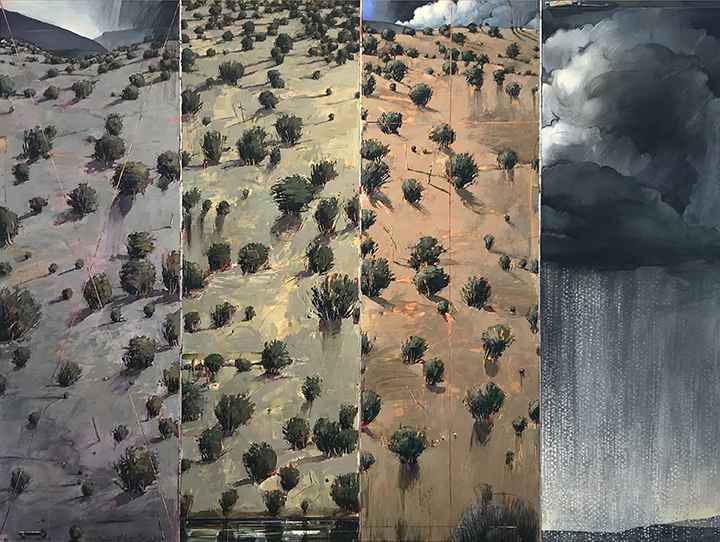
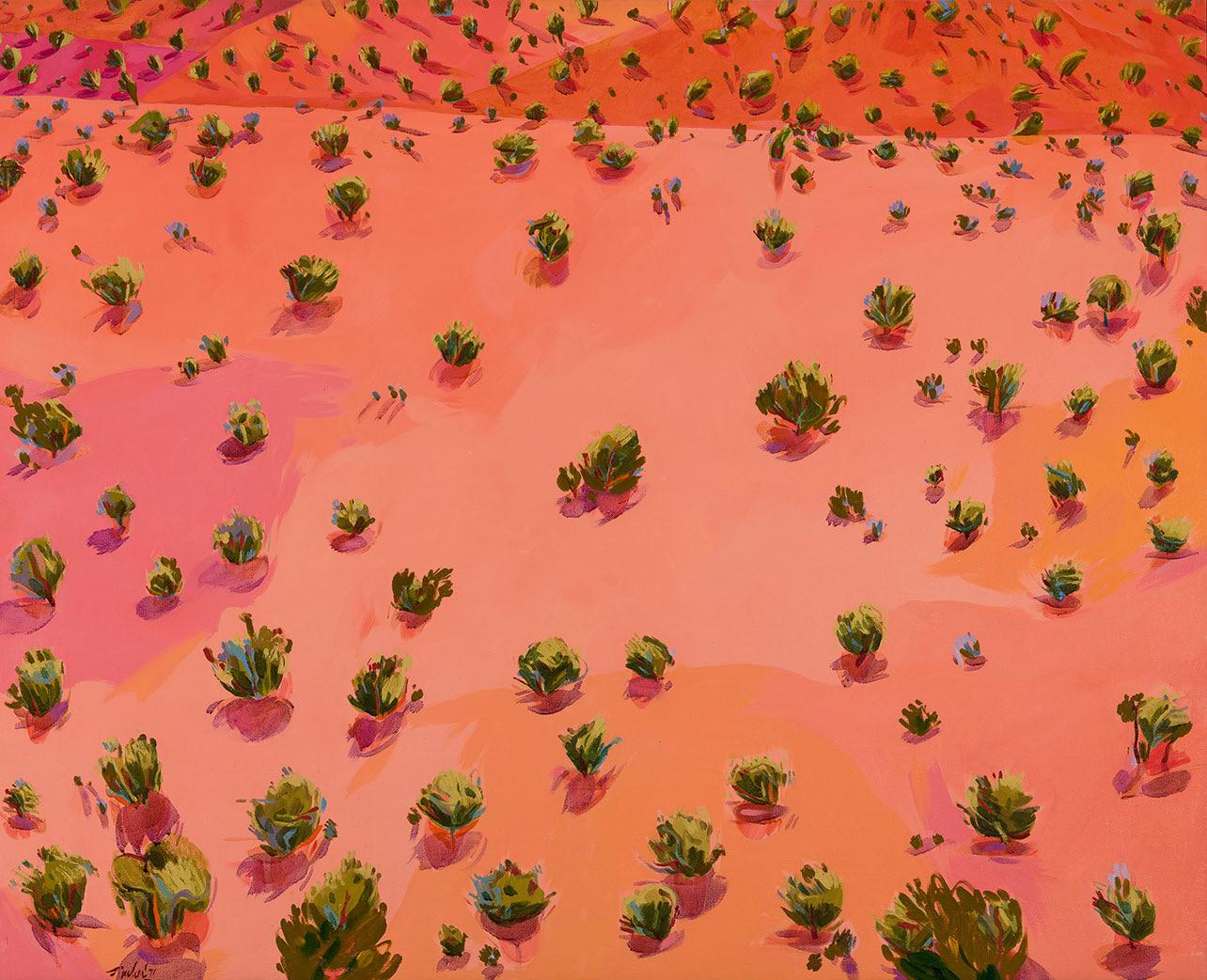




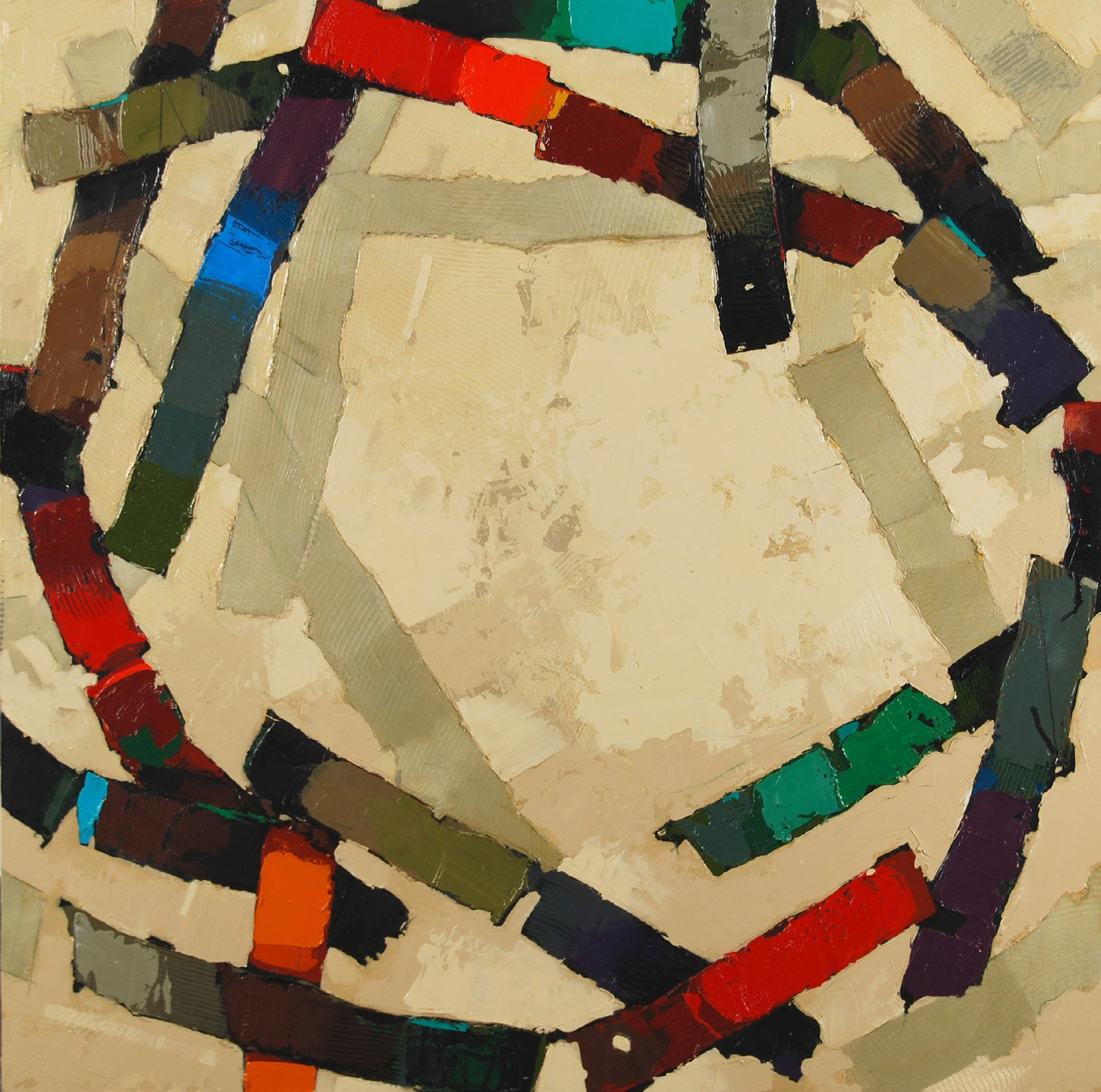
23.75 x 23.75 in.

Engineer Three, Oil on panel
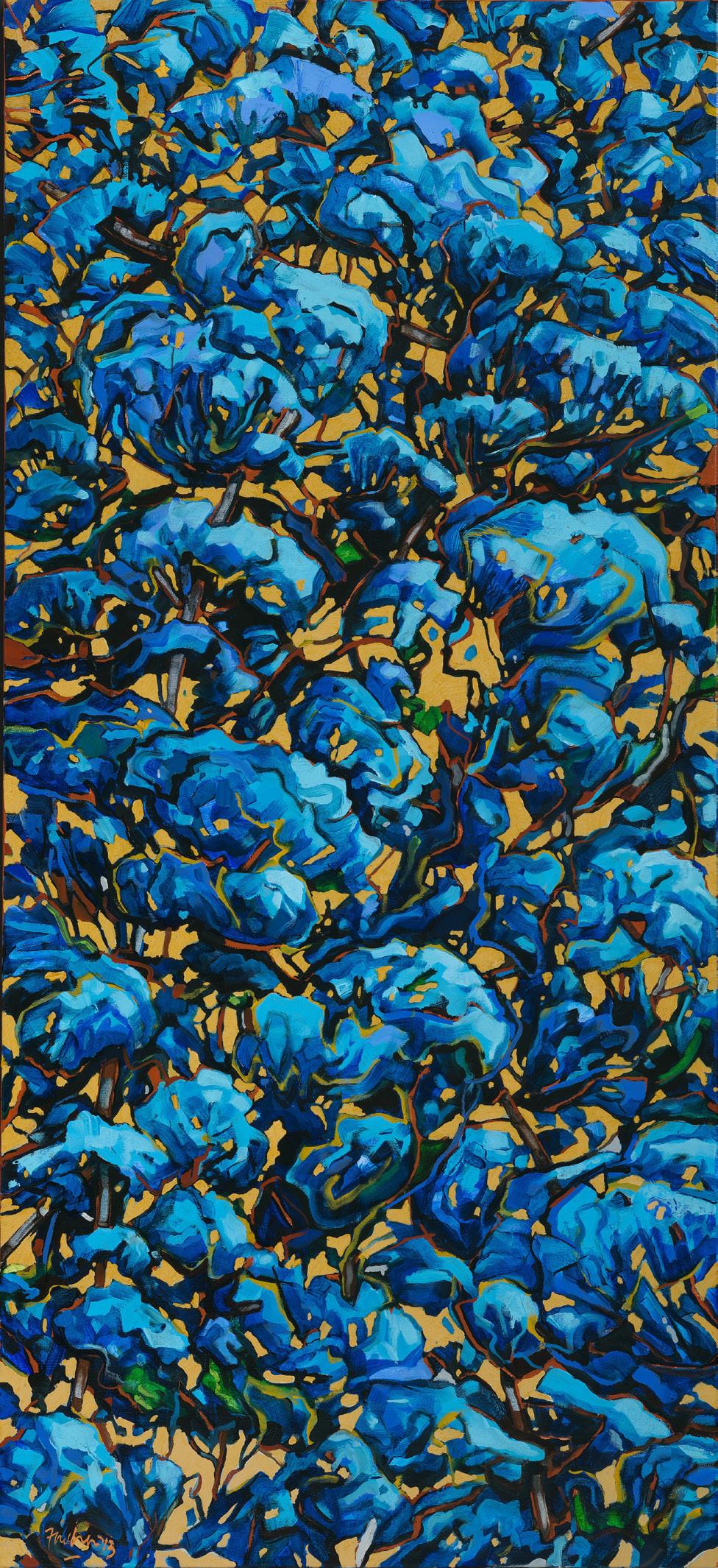
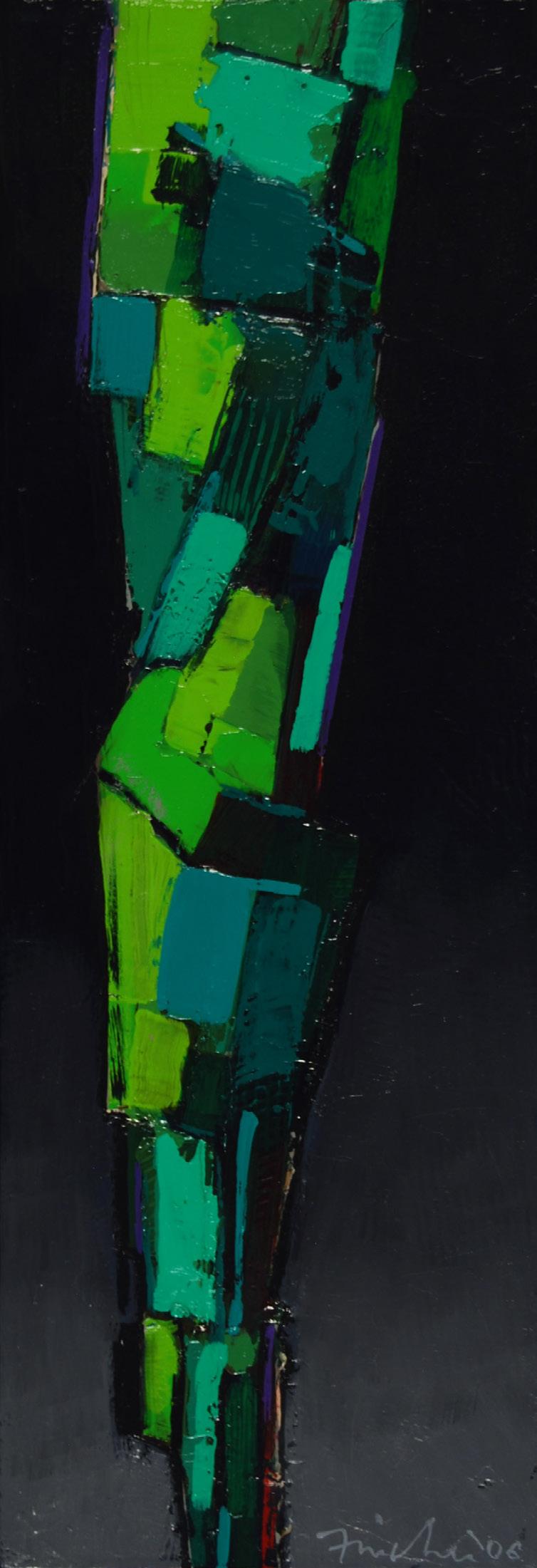

Oil on canvas
40 x 50 in. (Framed 41.50 x 51.50 in.)



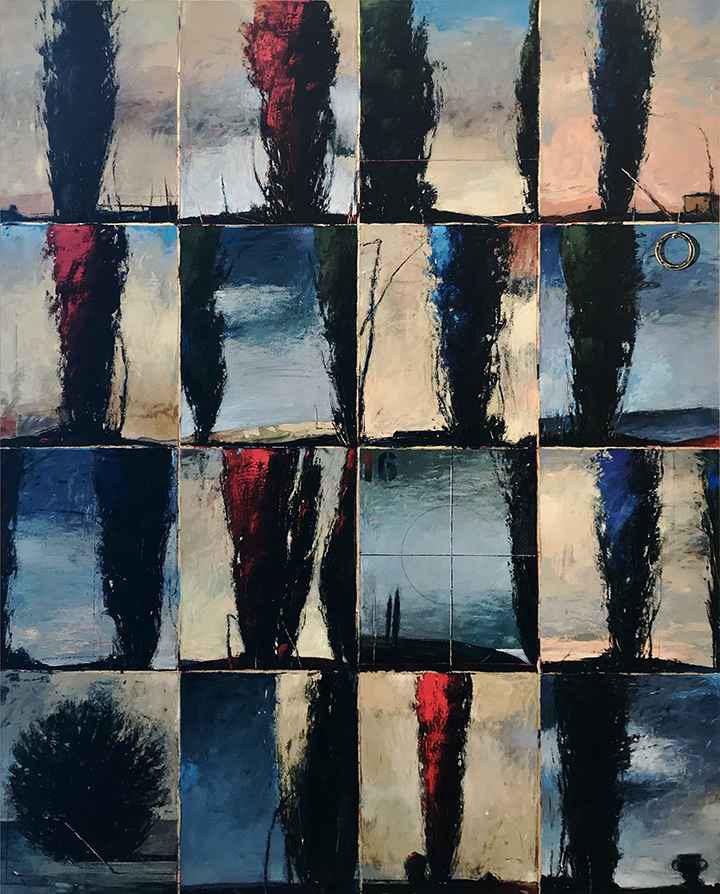
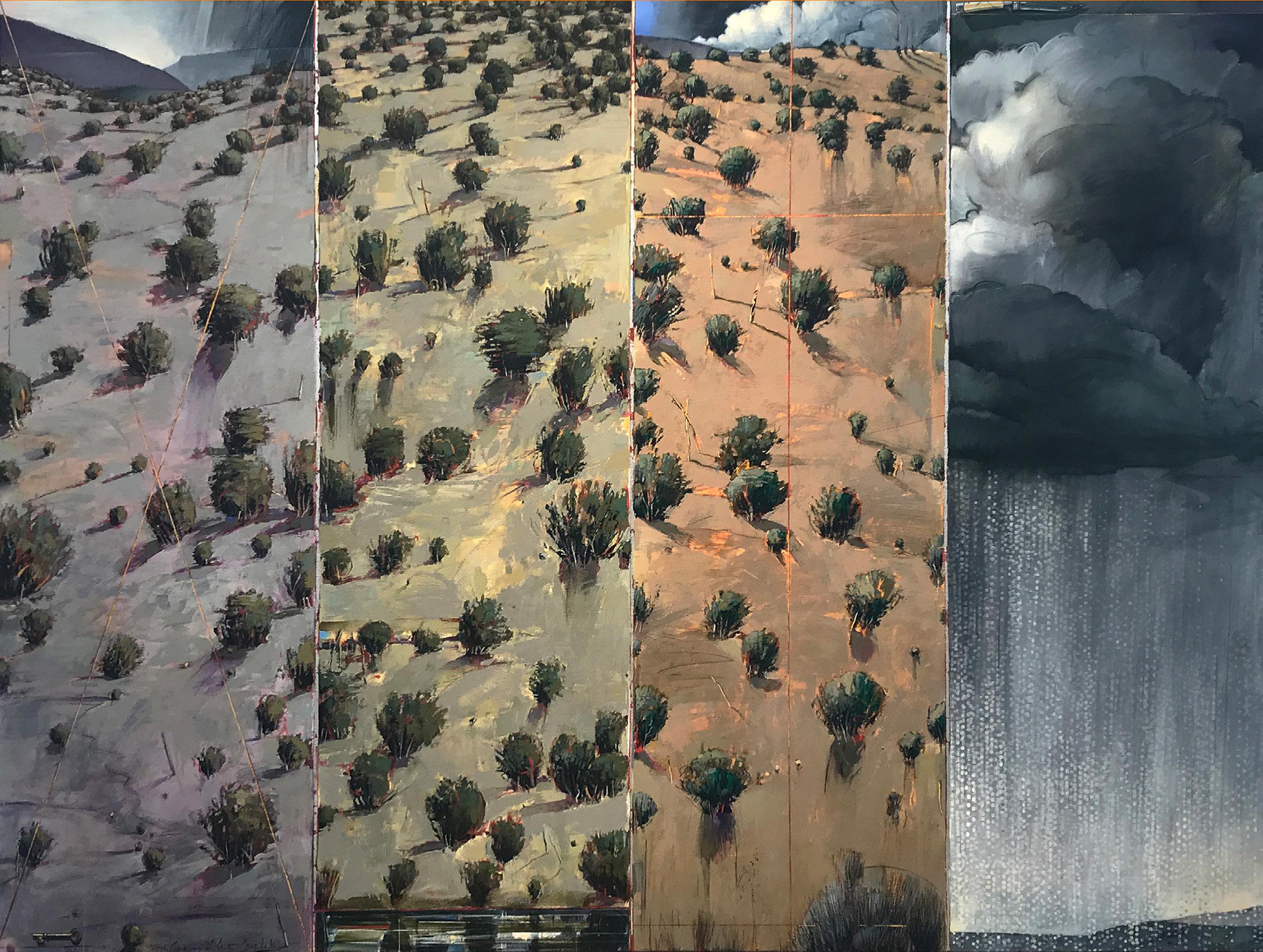

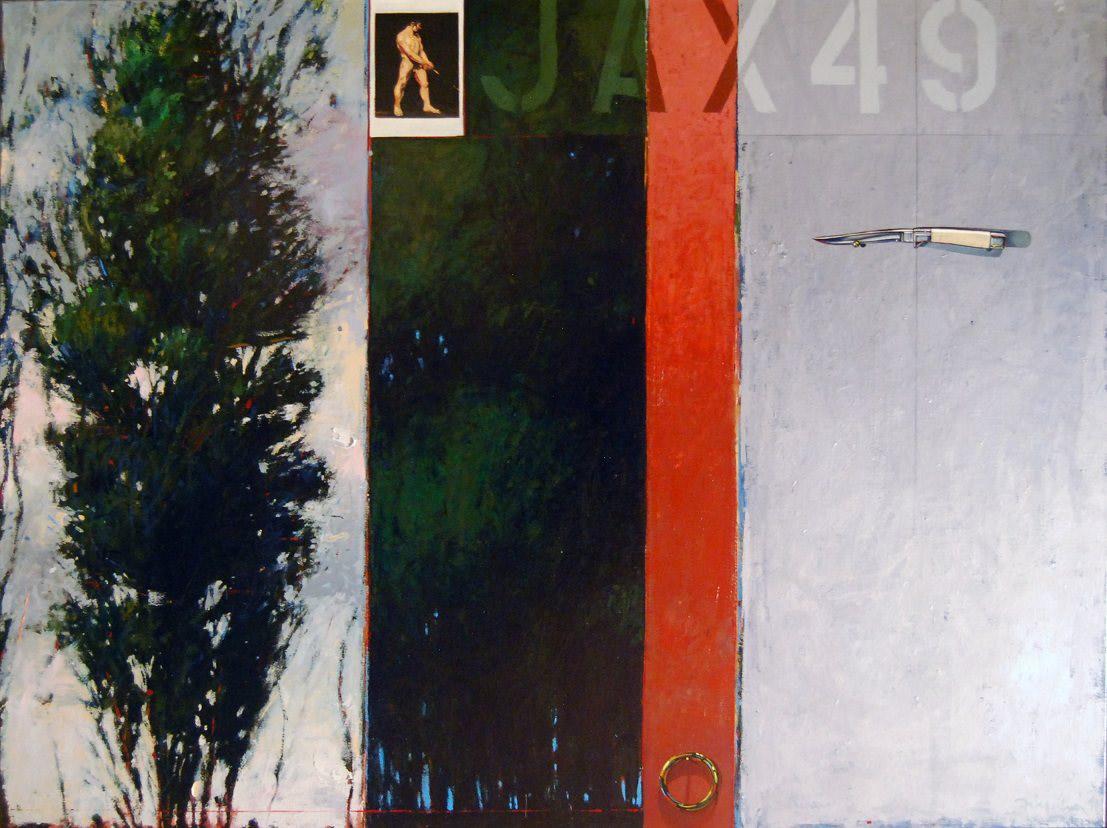
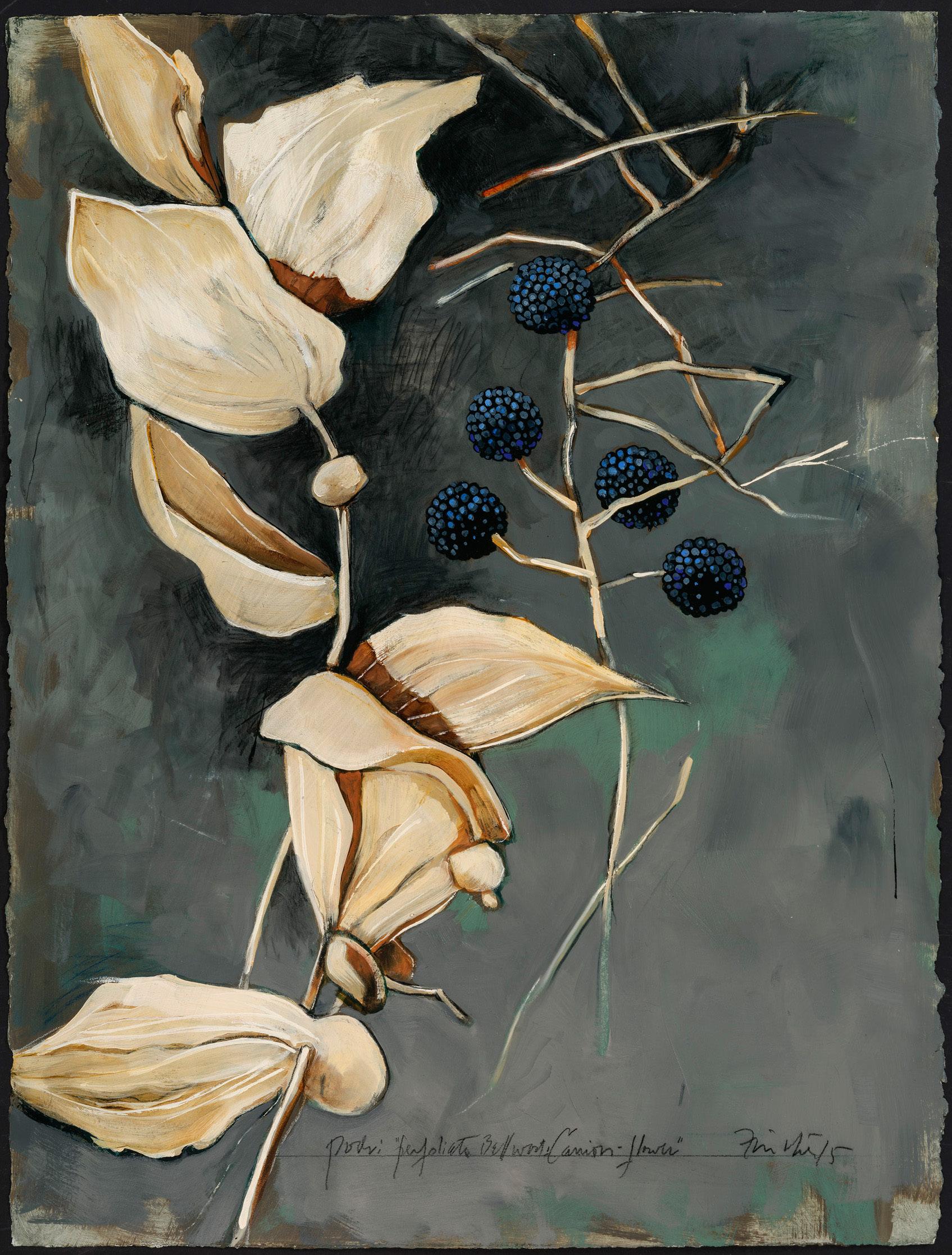


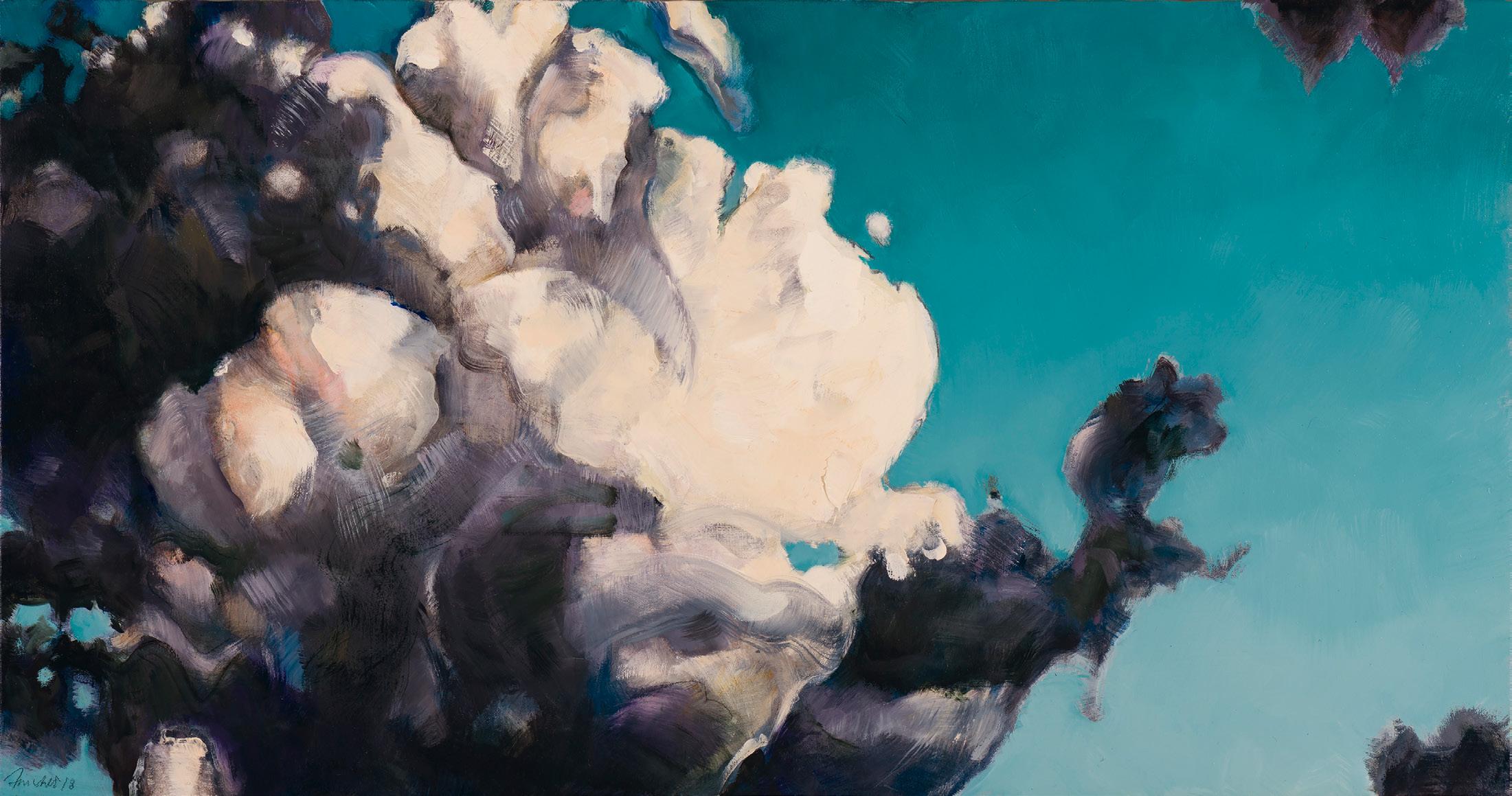
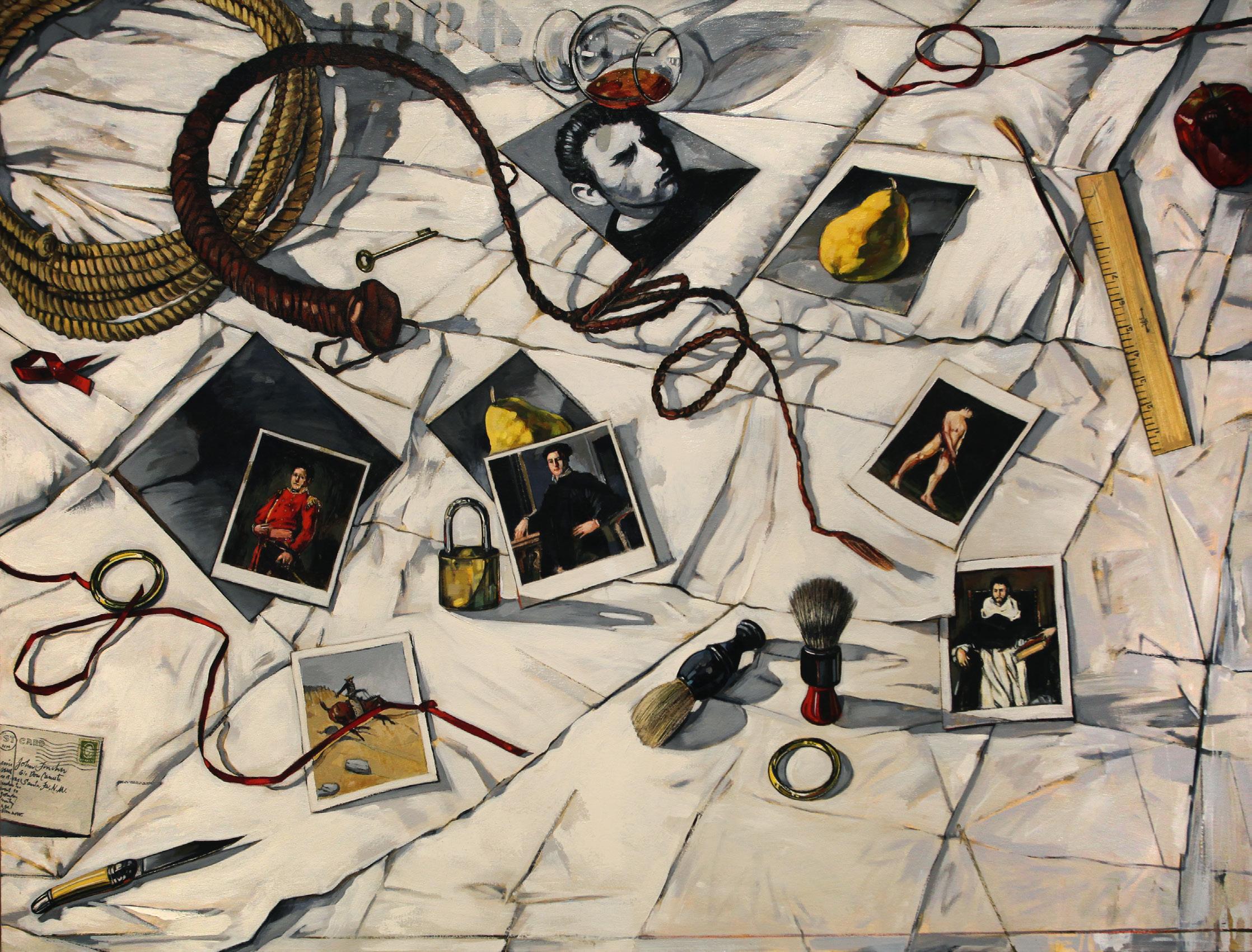
x 48 in. (Framed 37.13 x 49.25 in.)



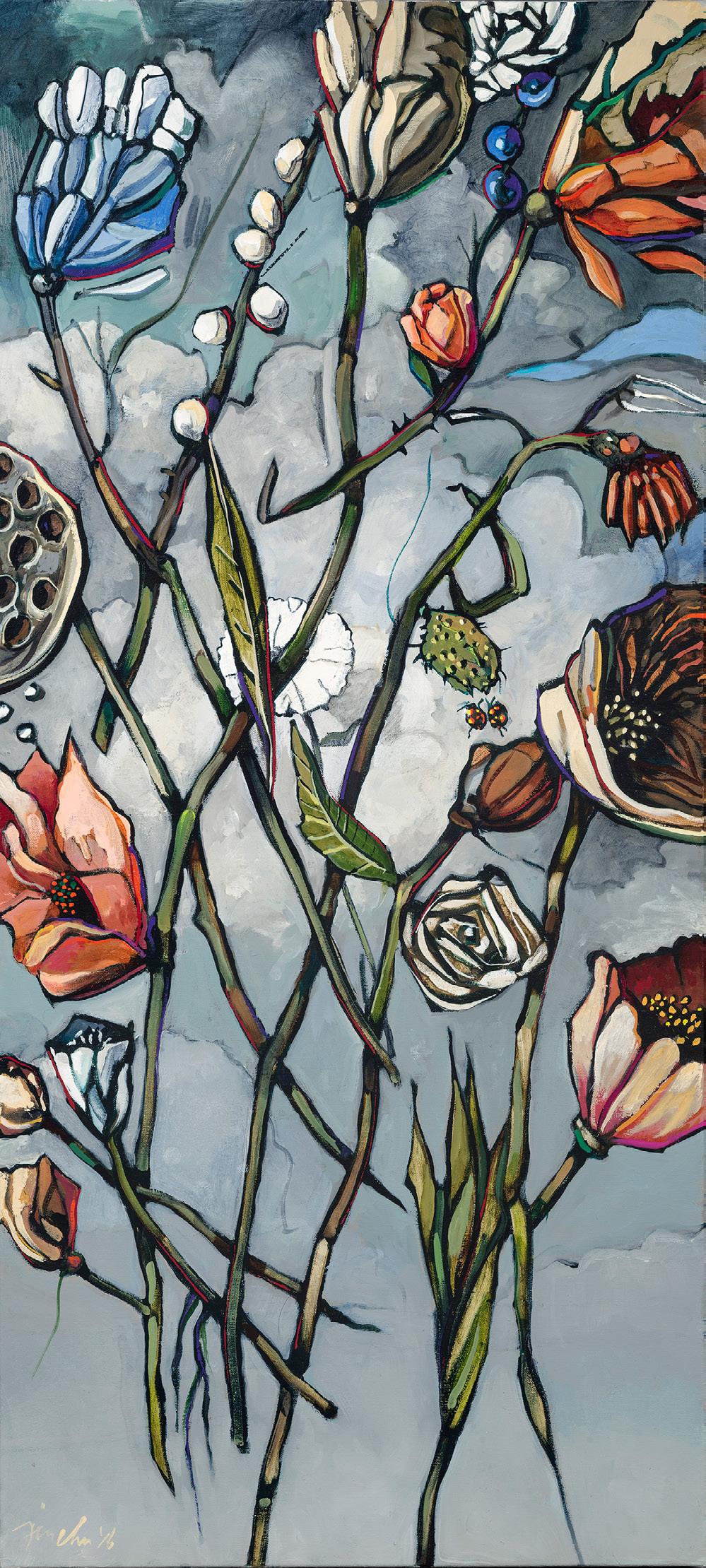
Prairie, 2016
40 x 18 in. (Framed 41.50 x 19.50 in.)
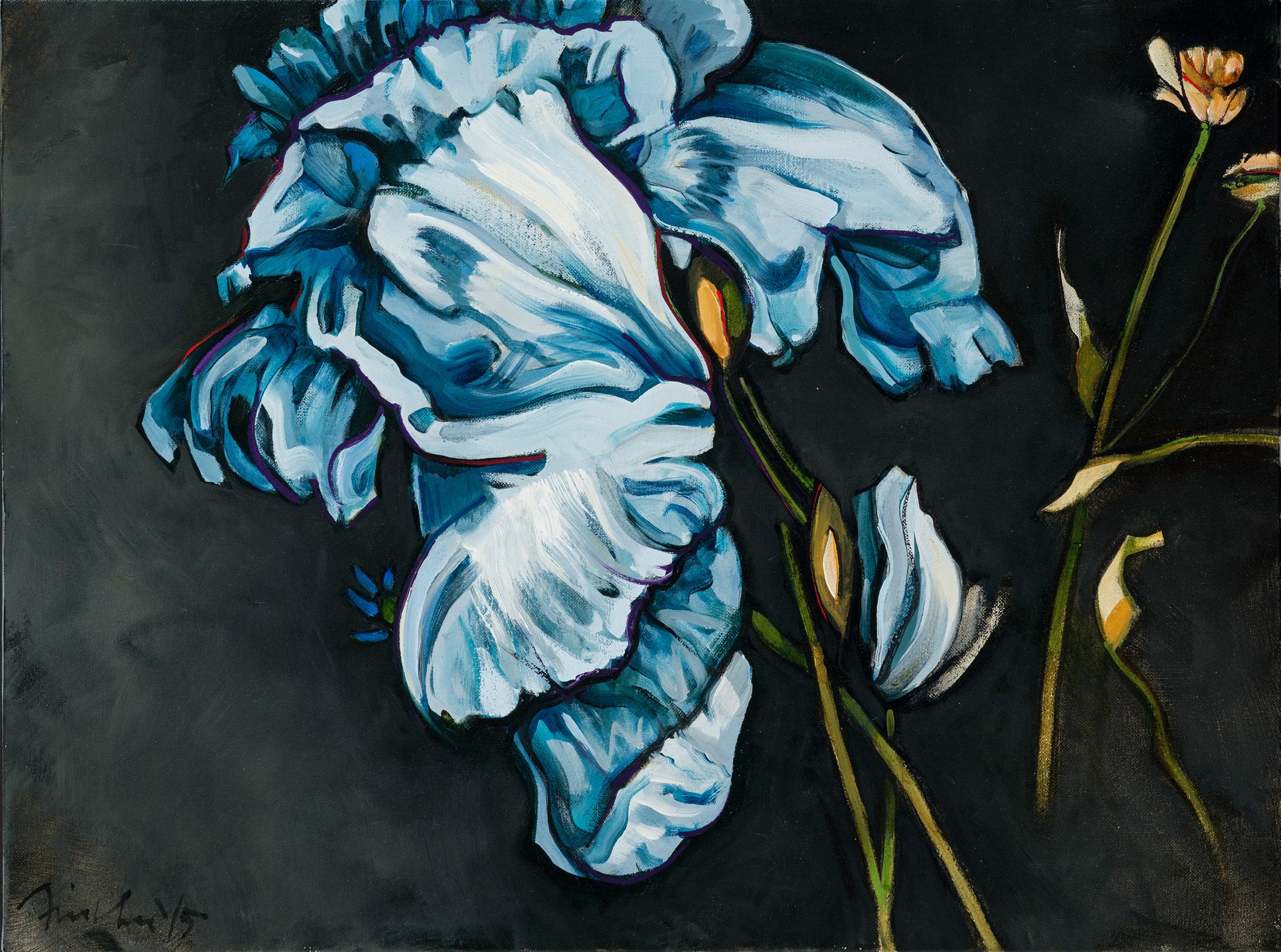
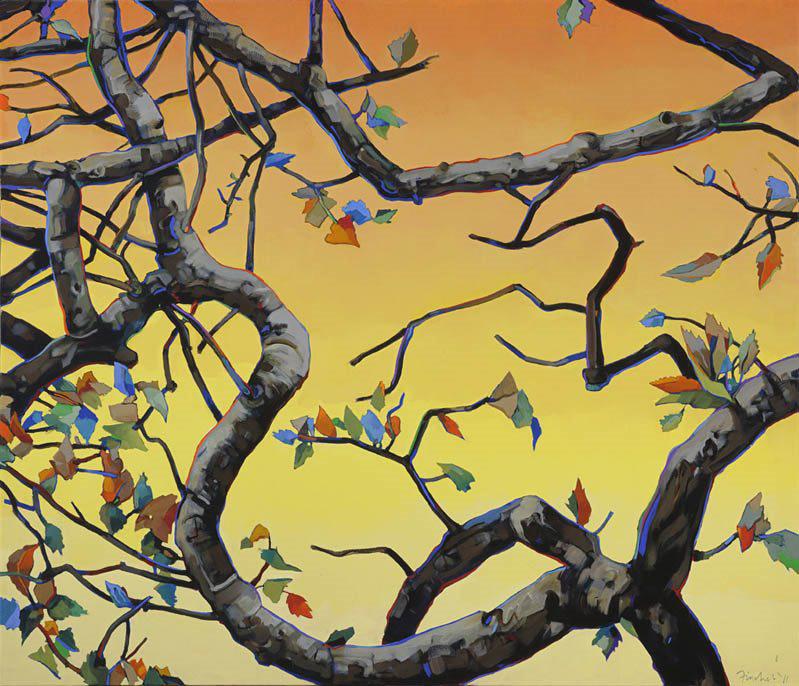
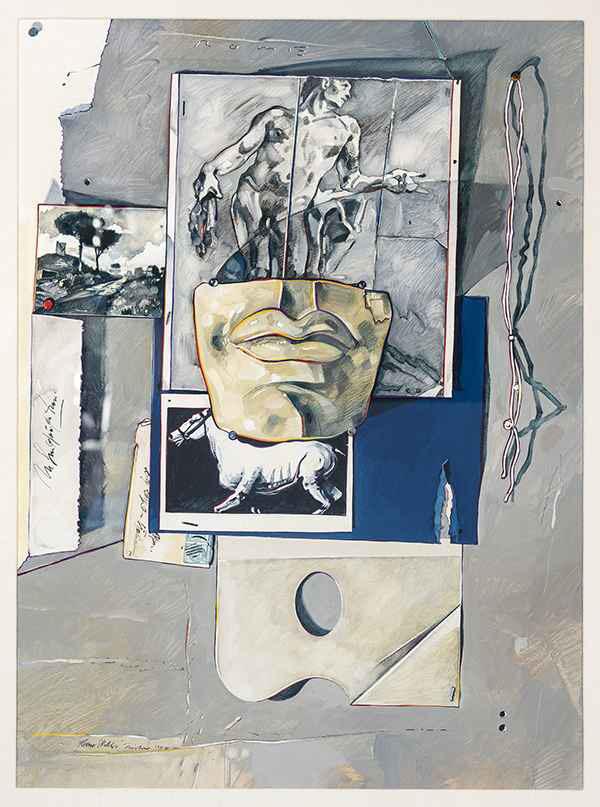
Sketch, 1985 Oil on paper
30 x 22 in. (Framed 36.50 x 28.63 in.)
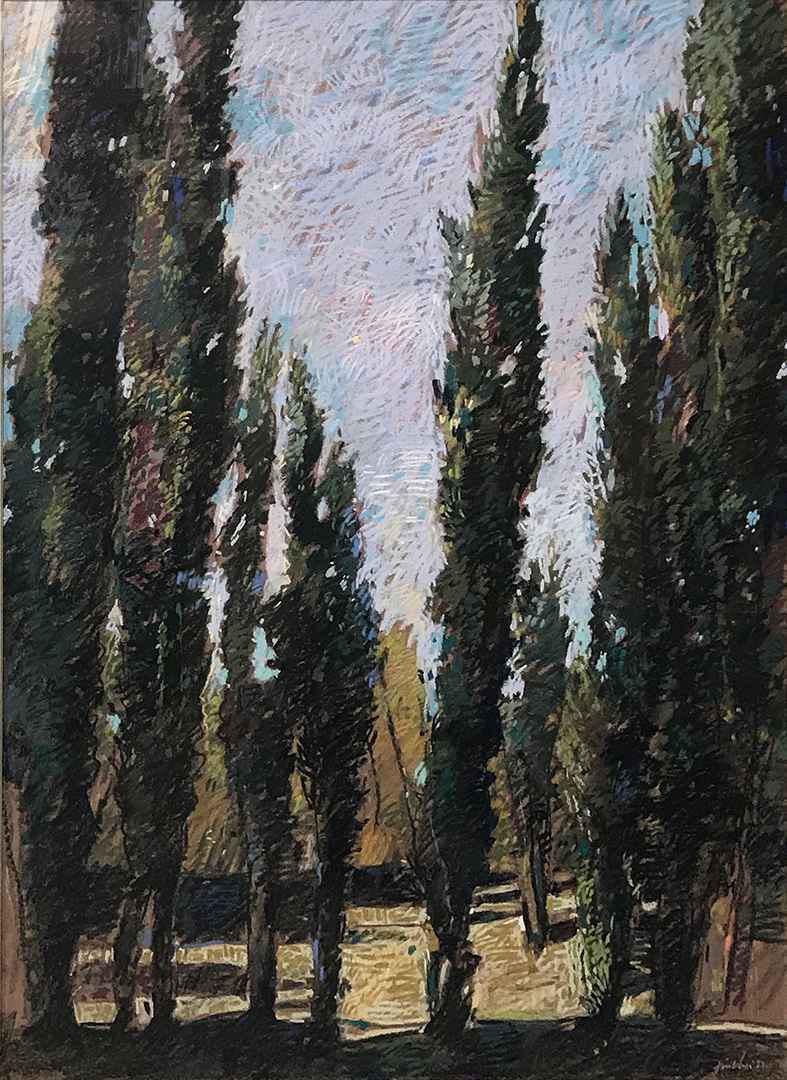

Mixed media assemblage 16 x 12 in. (Framed 16.25 x 12.50 in.)

Monotype 22.50 x 15 in. (Framed 33 x 25.50 in.)
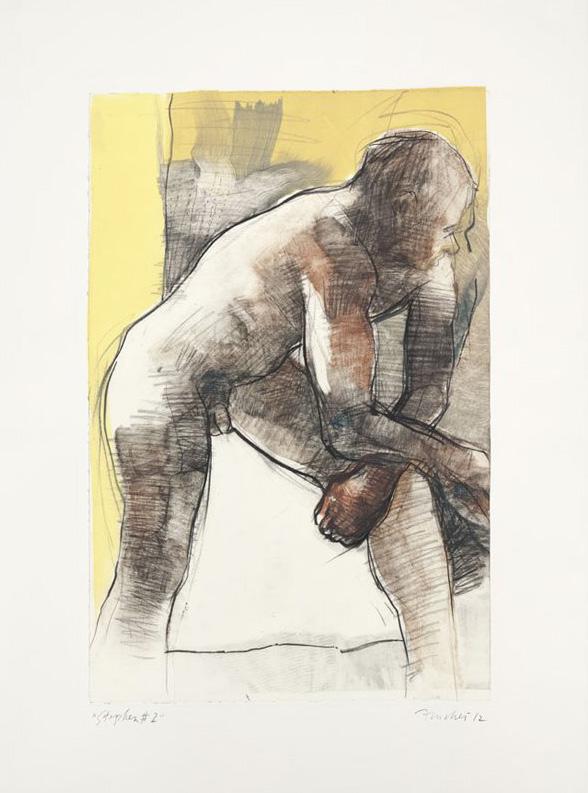
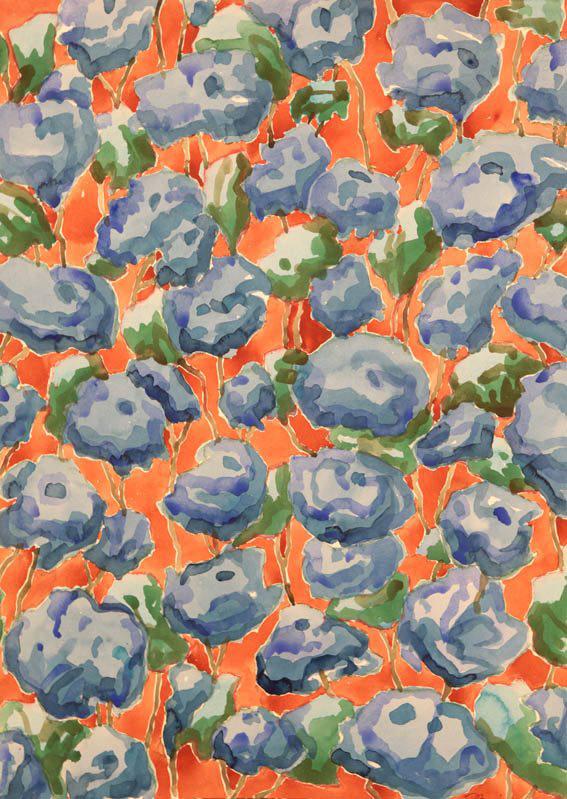
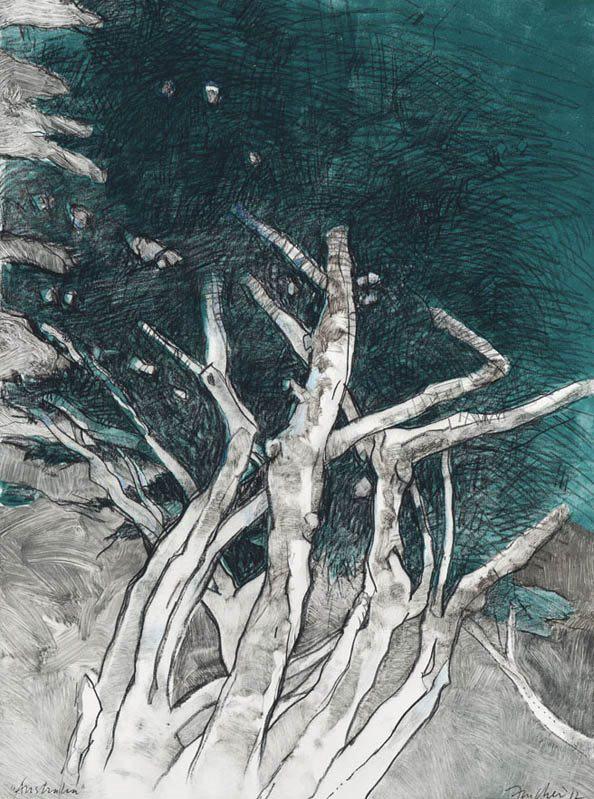
Australia, 2012 Monotype 30 x 22 in. (Framed 33 x 25.50 in.)
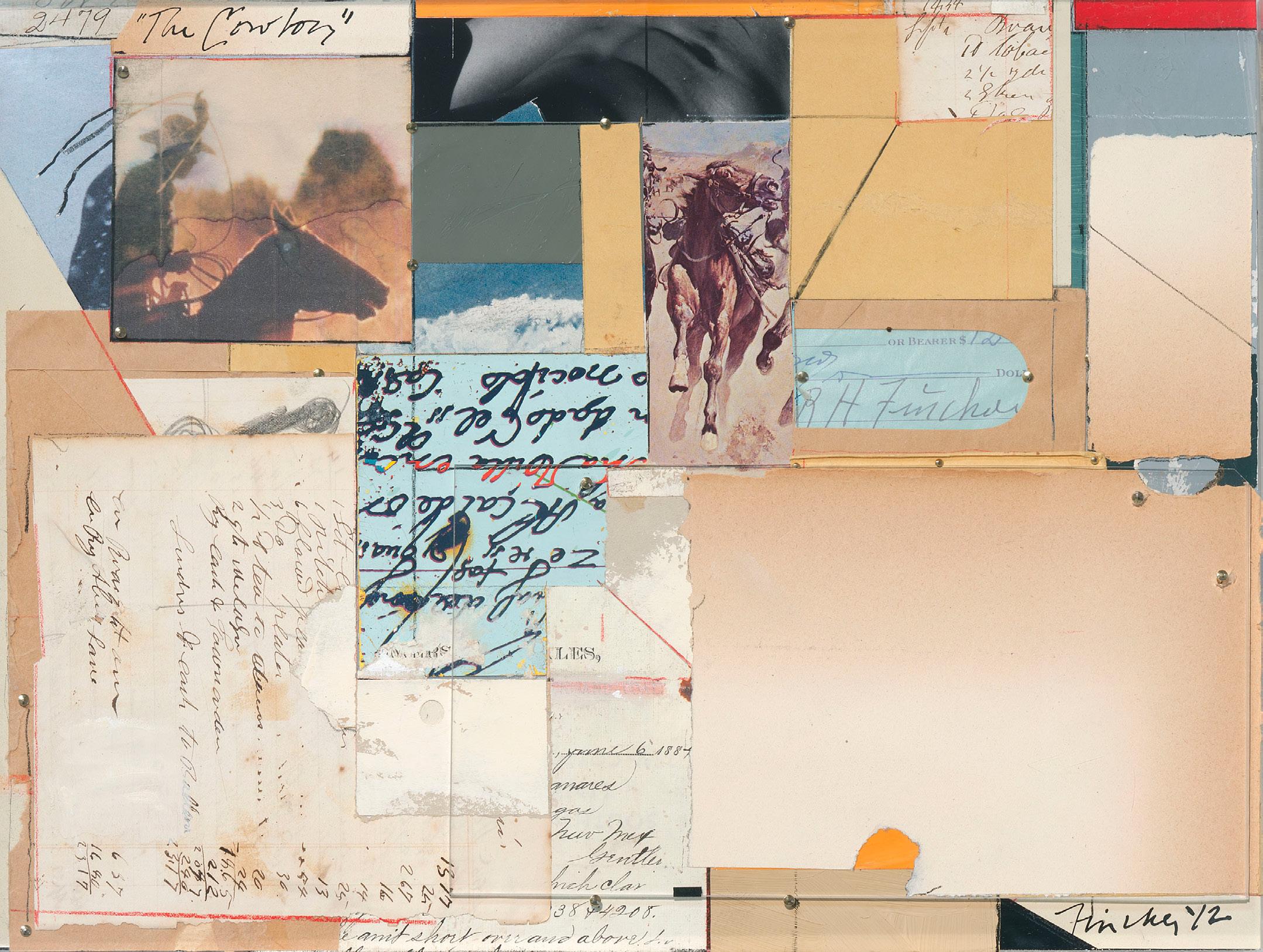
The Cowboy, 2012-2013
Mixed media assemblage 12 x 16 in. (Framed 12.25 x 16.25 in.)

Work, 2012-2013
Mixed media assemblage 11.75 x 11.75 in. (Framed 12 x 12 in.)

The Spanish Riding School, 2012-2013
Mixed media assemblage 12 x 16 in. (Framed 12.25 x 16.25 in.)

Restraint, 2012-2013 Mixed media assemblage 12 x 16 in. (Framed 12.25 x 16.25 in.)


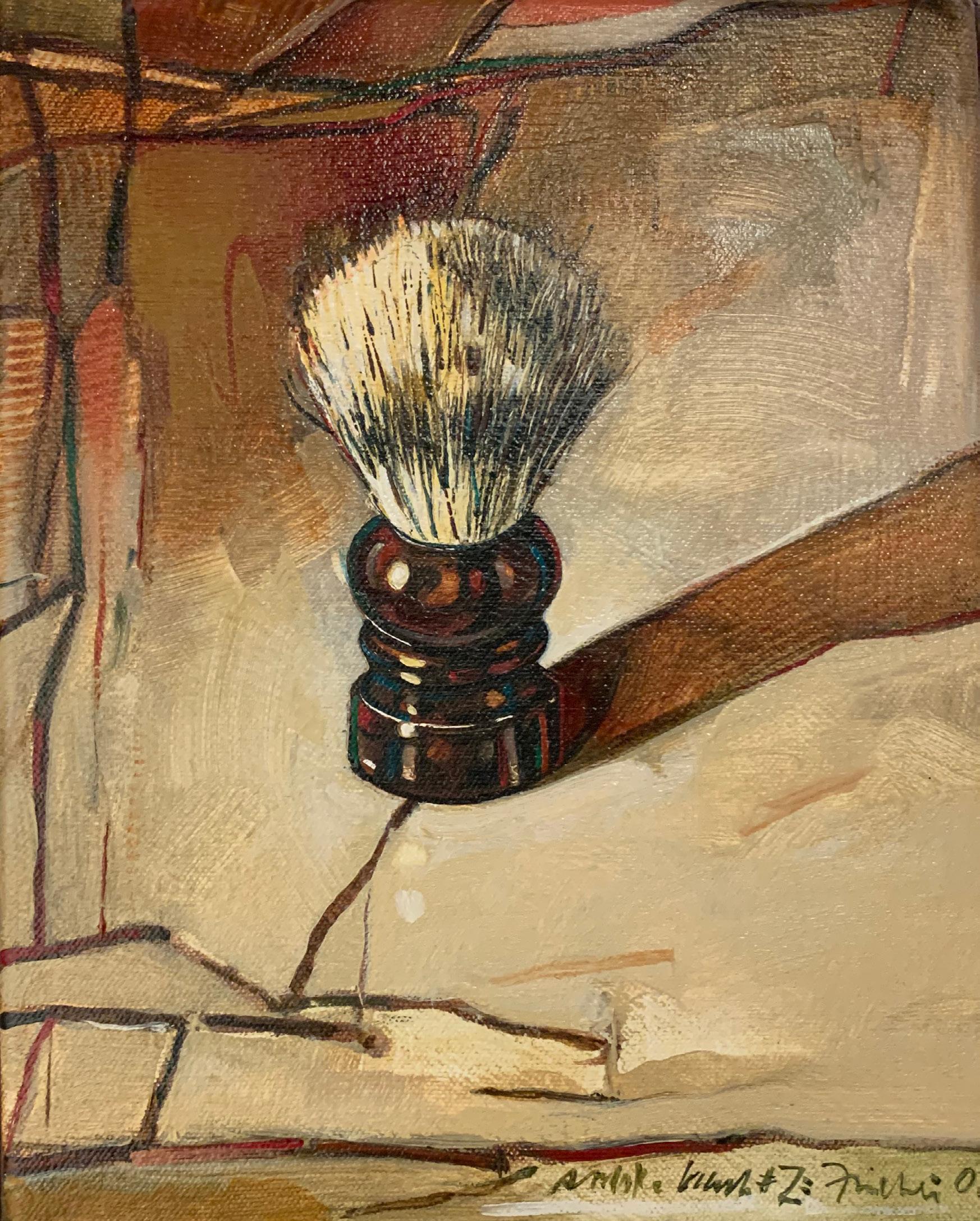
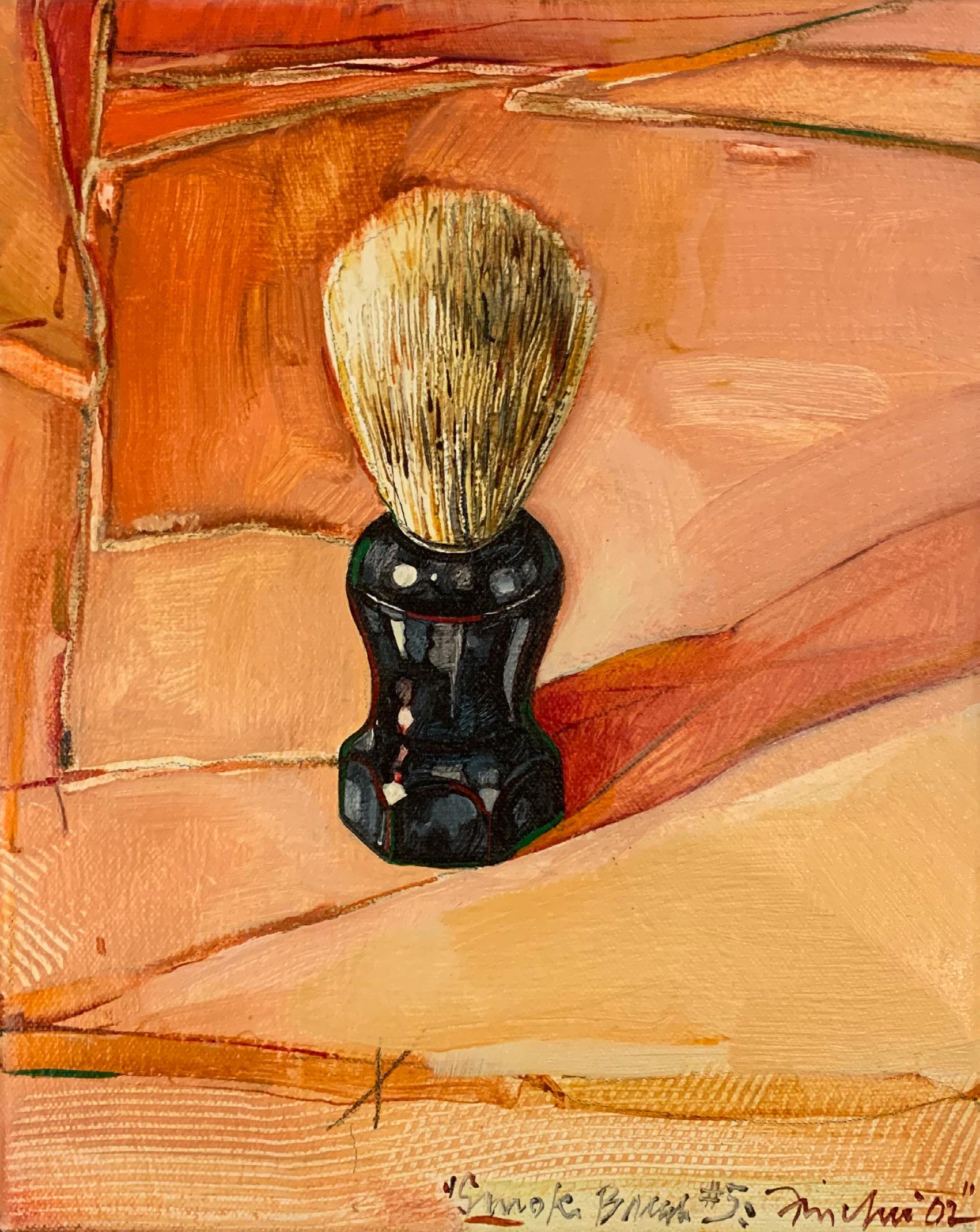

Across the River, 2012-2013
Mixed media assemblage 12 x 12 in.

